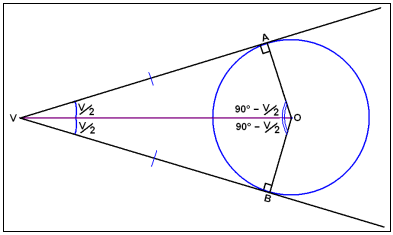Message 1 of 13
Not applicable
10-15-2018
11:09 AM
- Mark as New
- Bookmark
- Subscribe
- Mute
- Subscribe to RSS Feed
- Permalink
- Report
This may be more of a math question really, but I can't seem to get the prefect filleted edge without just playing with the numbers. I would like more of a specific formula for accuracy and parametric designs.
Basically if you have an object 2mm wide and you want to fillet both edges so it is perfectly rounded on top you would normally use half the width for the radius of fillet.
However, if one of those walls has a 60 degree angle, but the distance between both edges is still 2mm how would I go about putting in a formula to still round this perfectly as 1mm radius no longer works?
Hopefully this makes sense.
Thanks!
Solved! Go to Solution.



